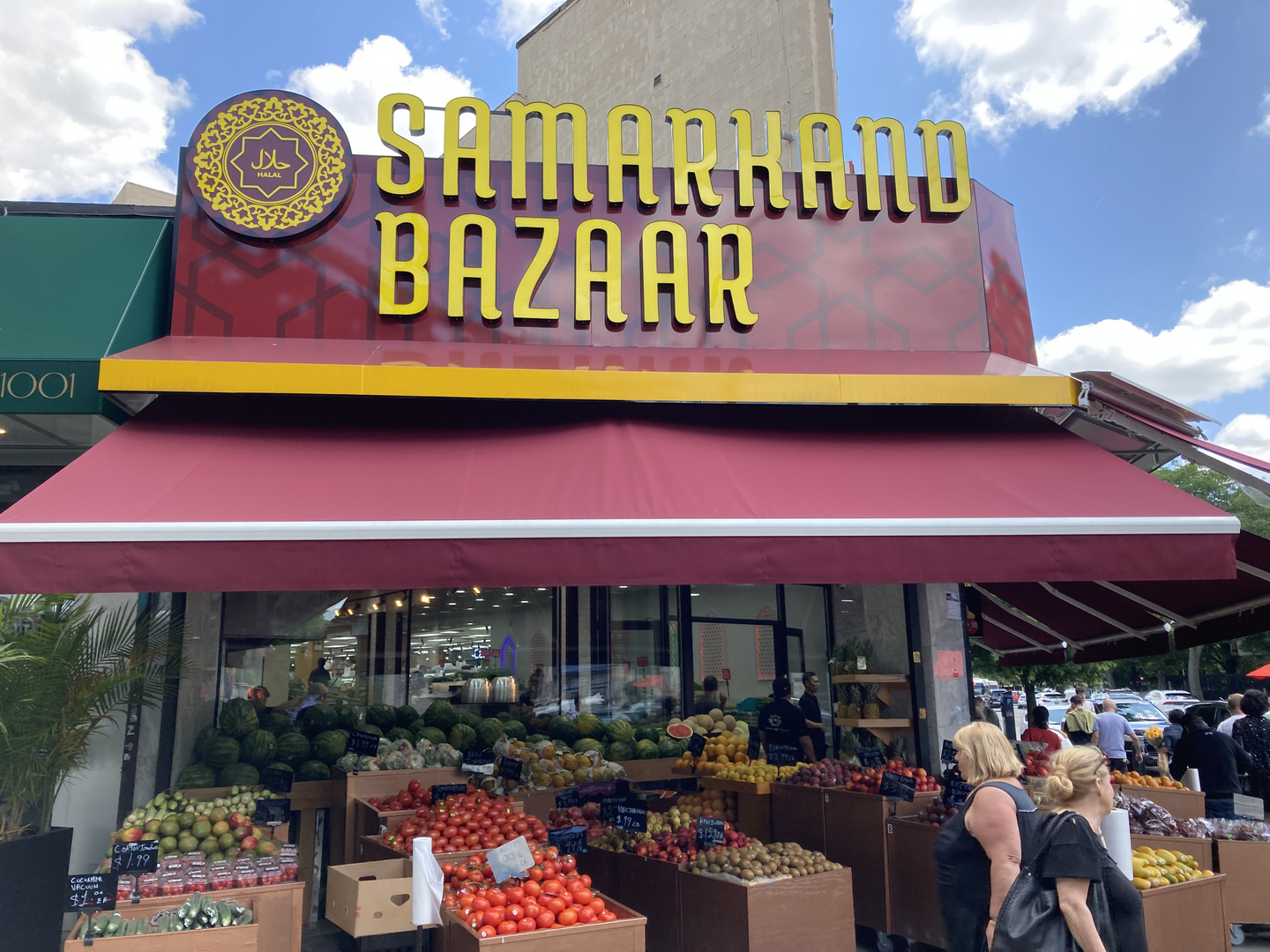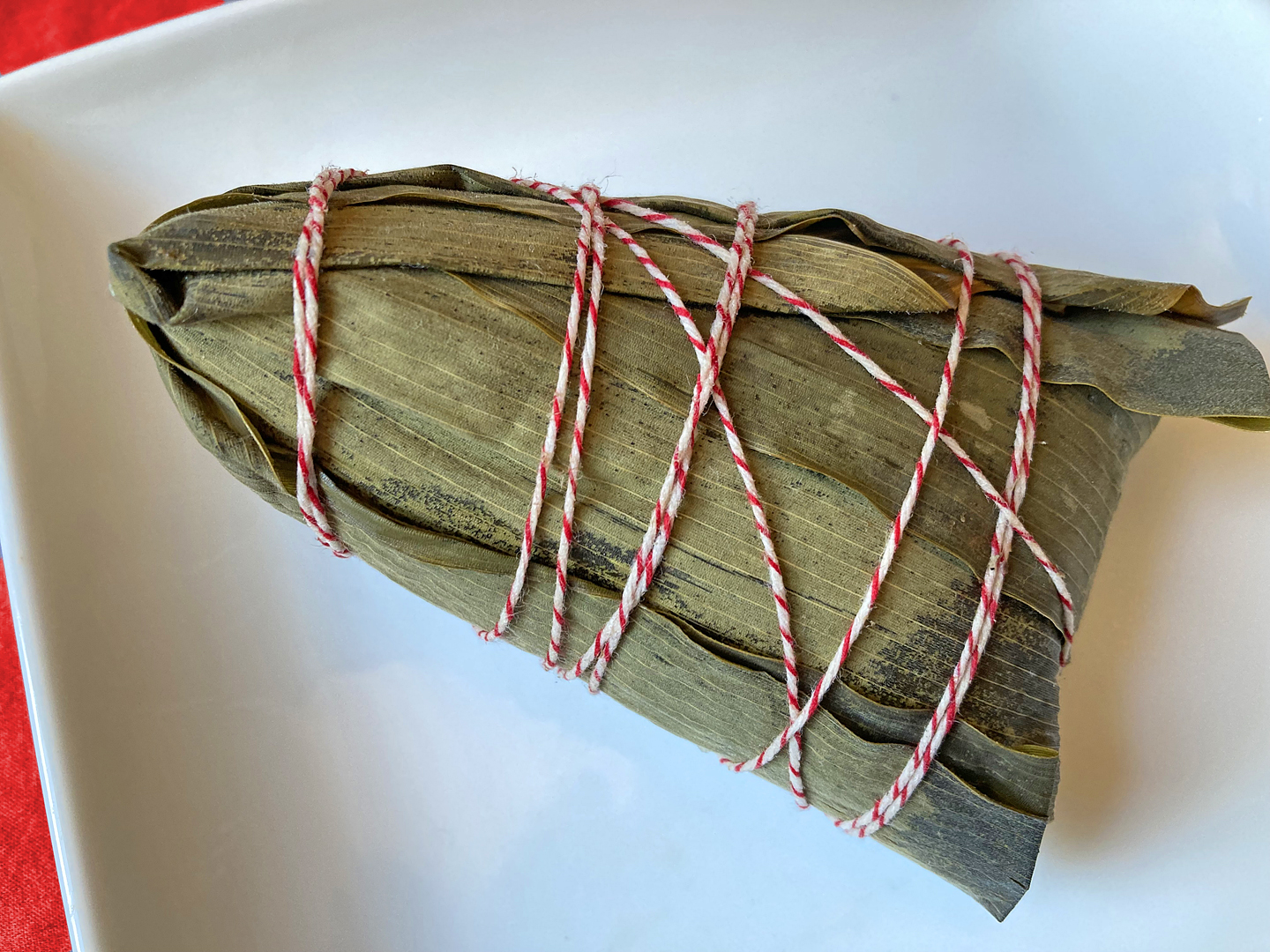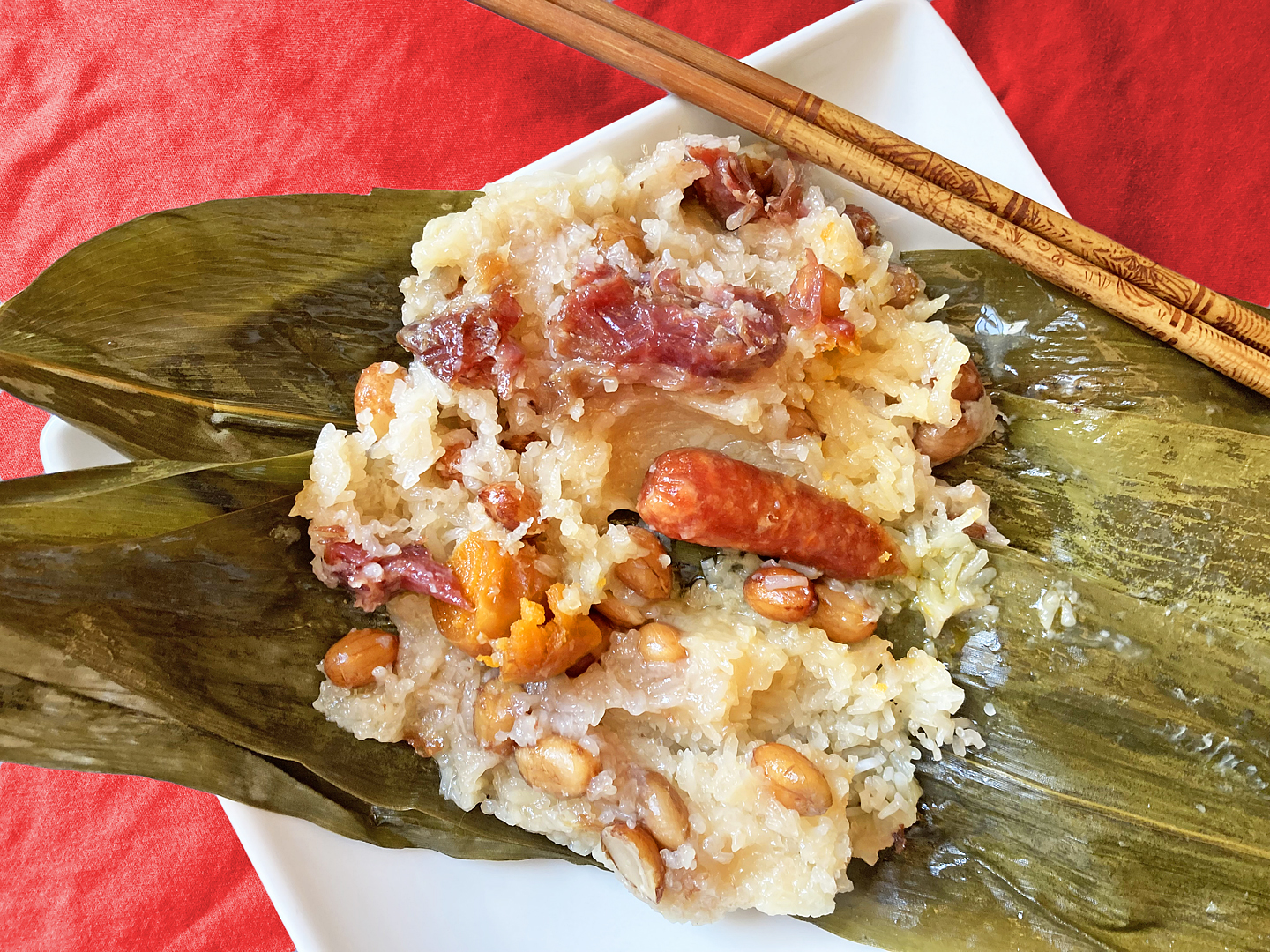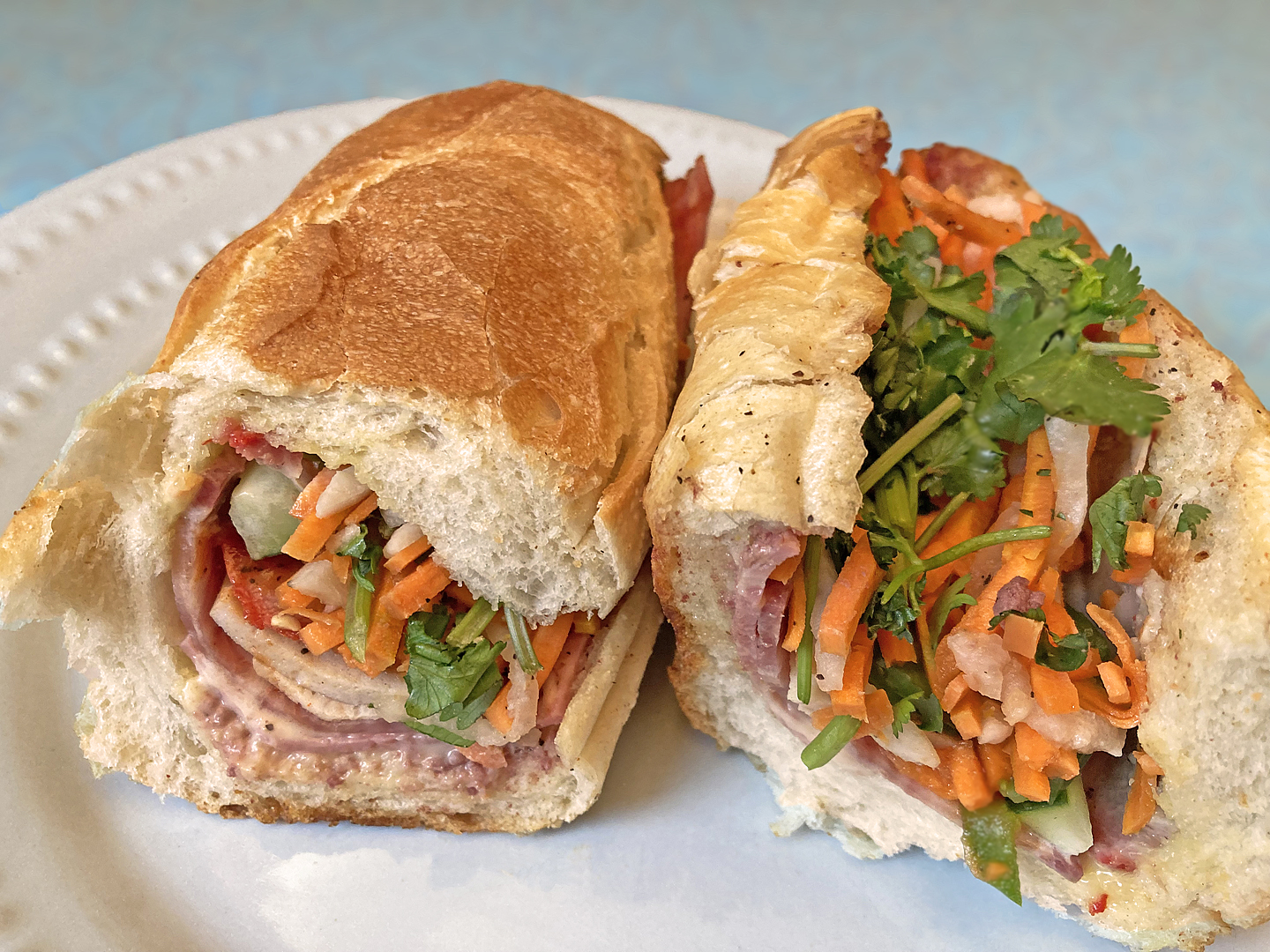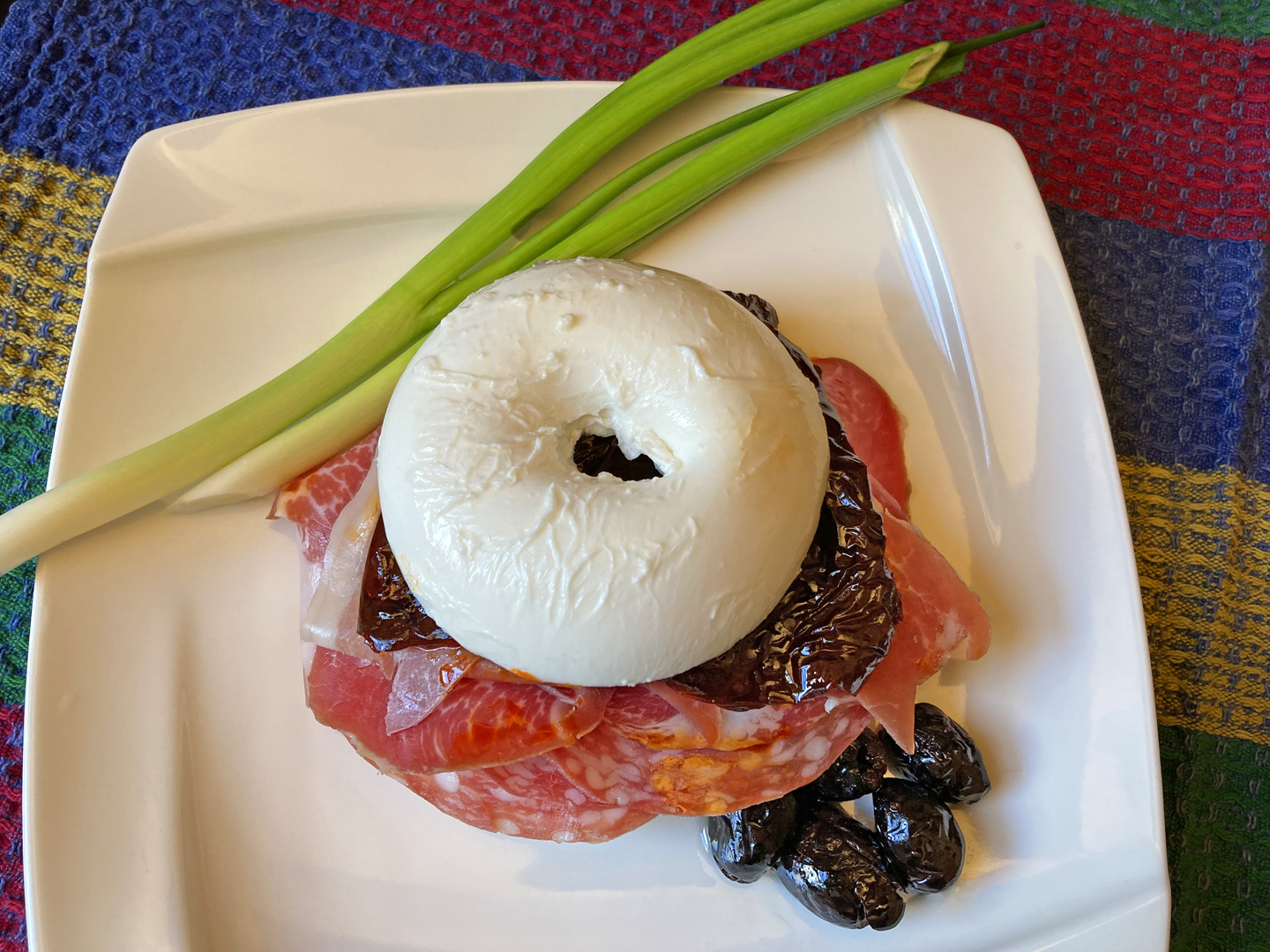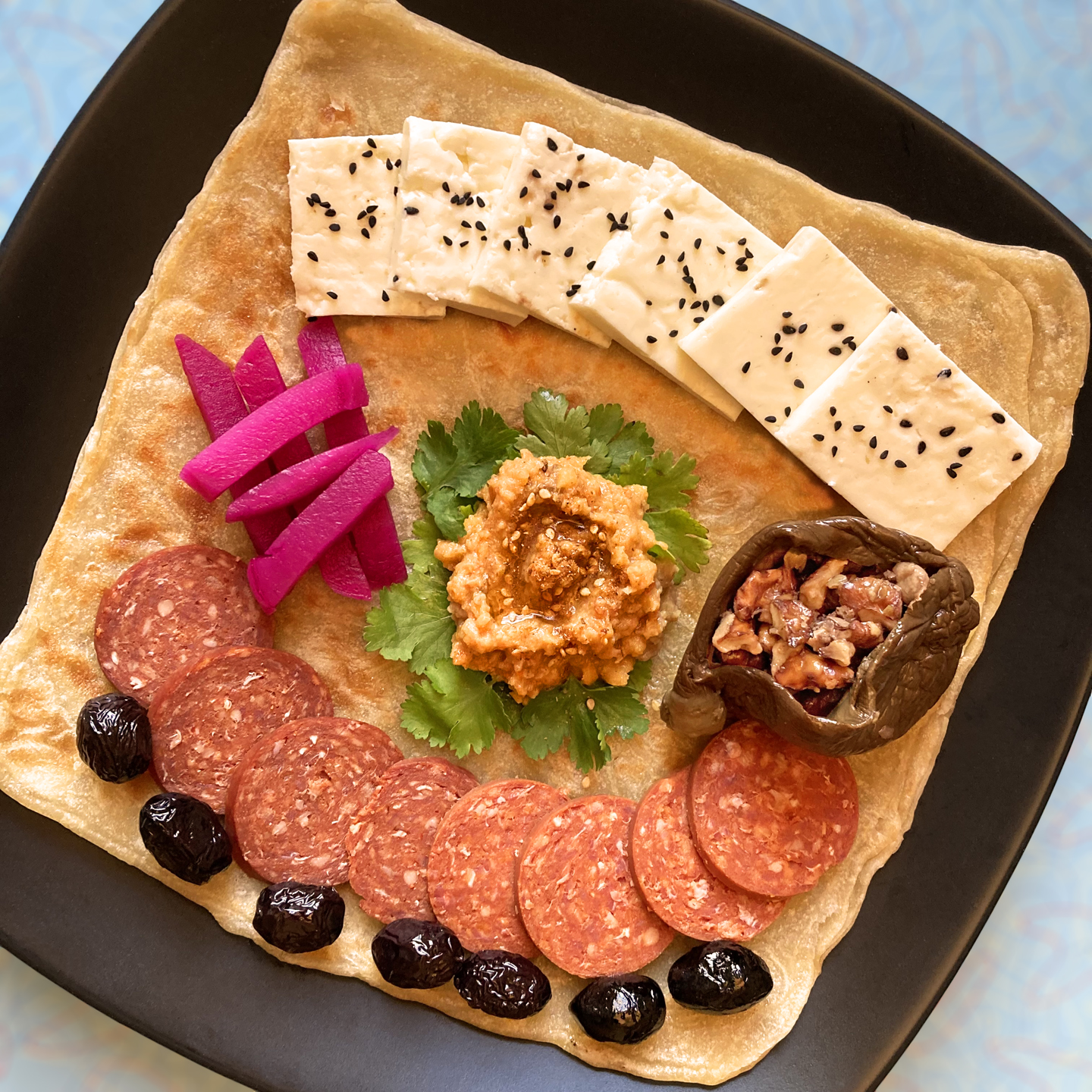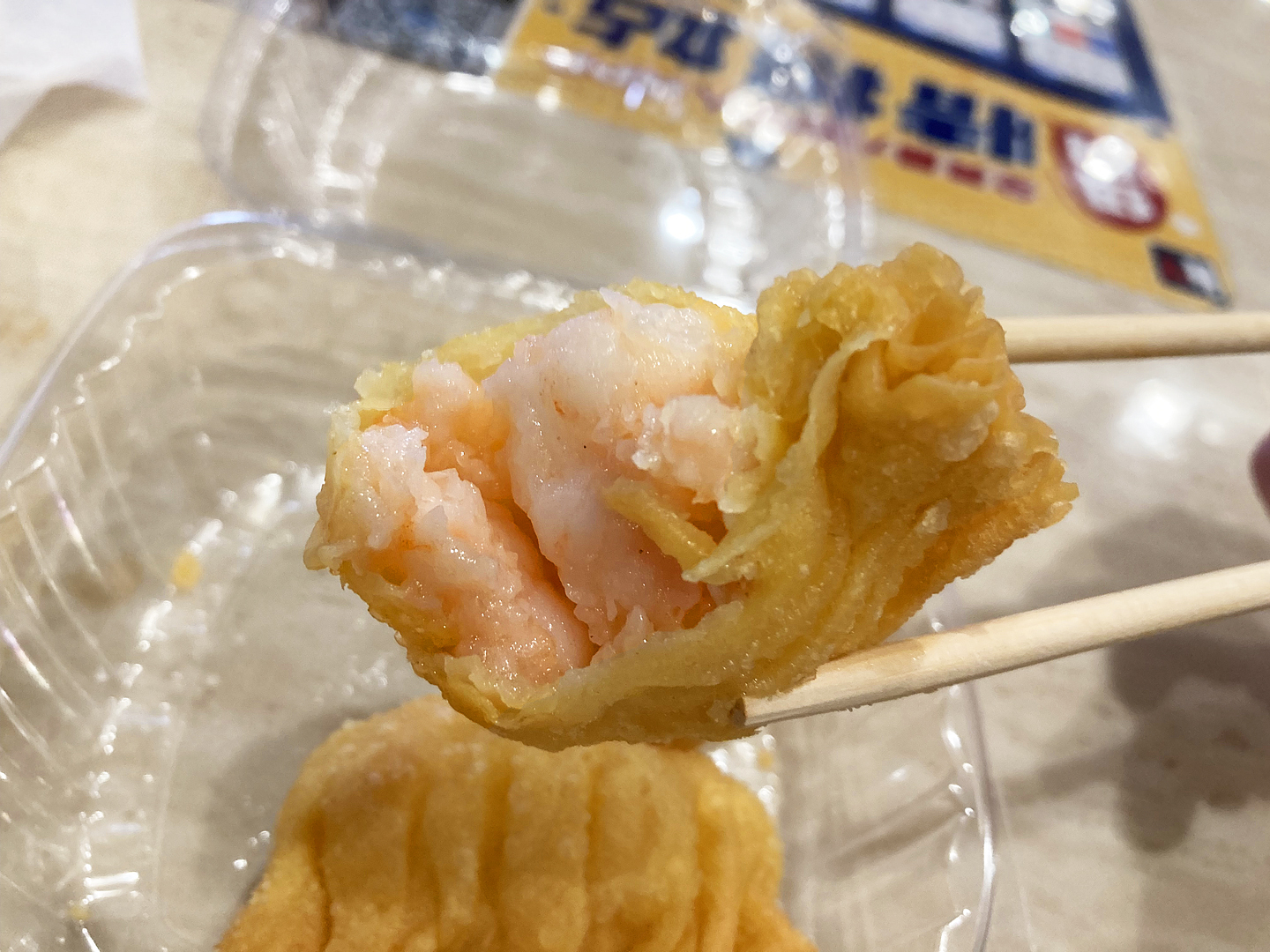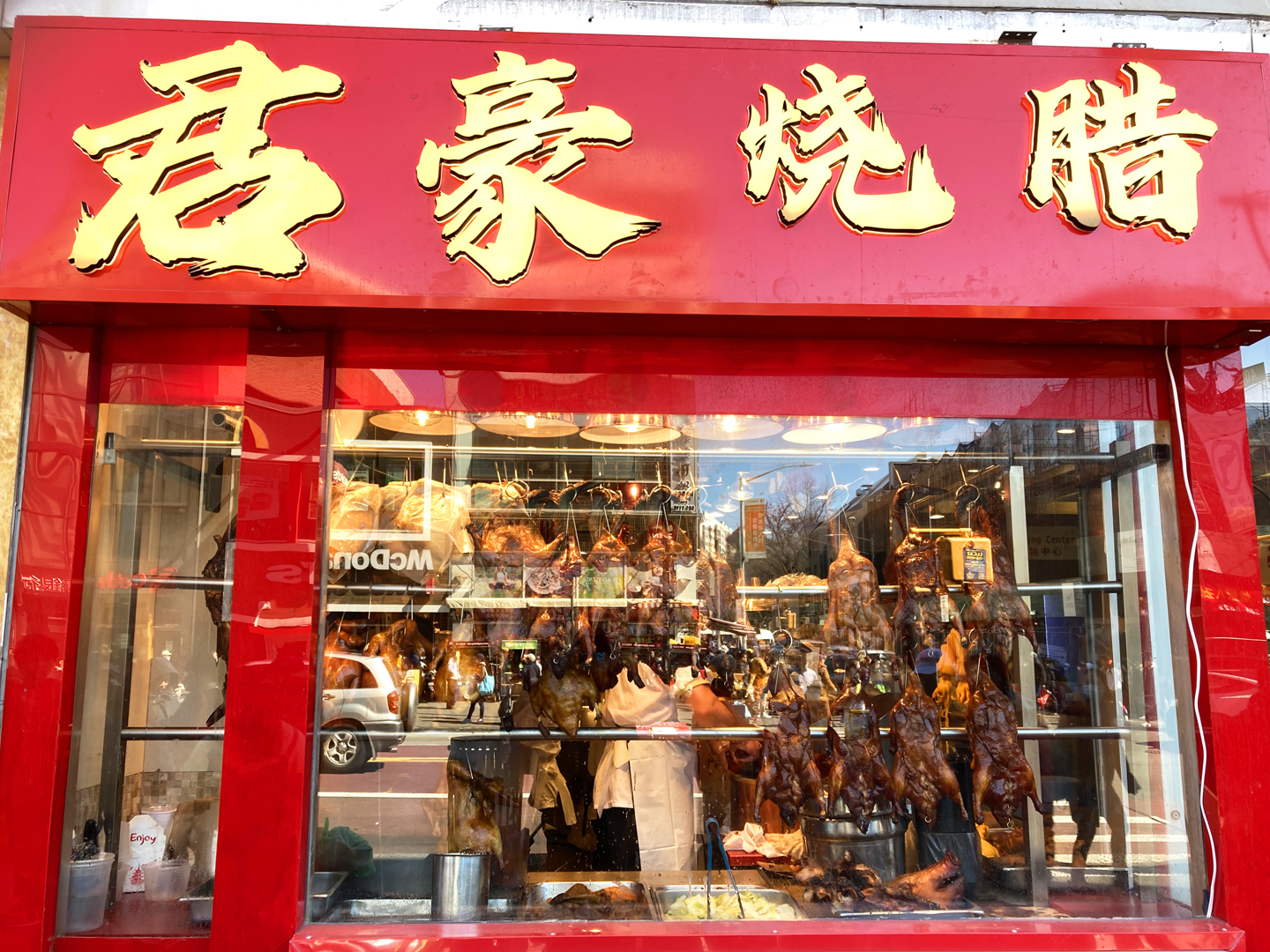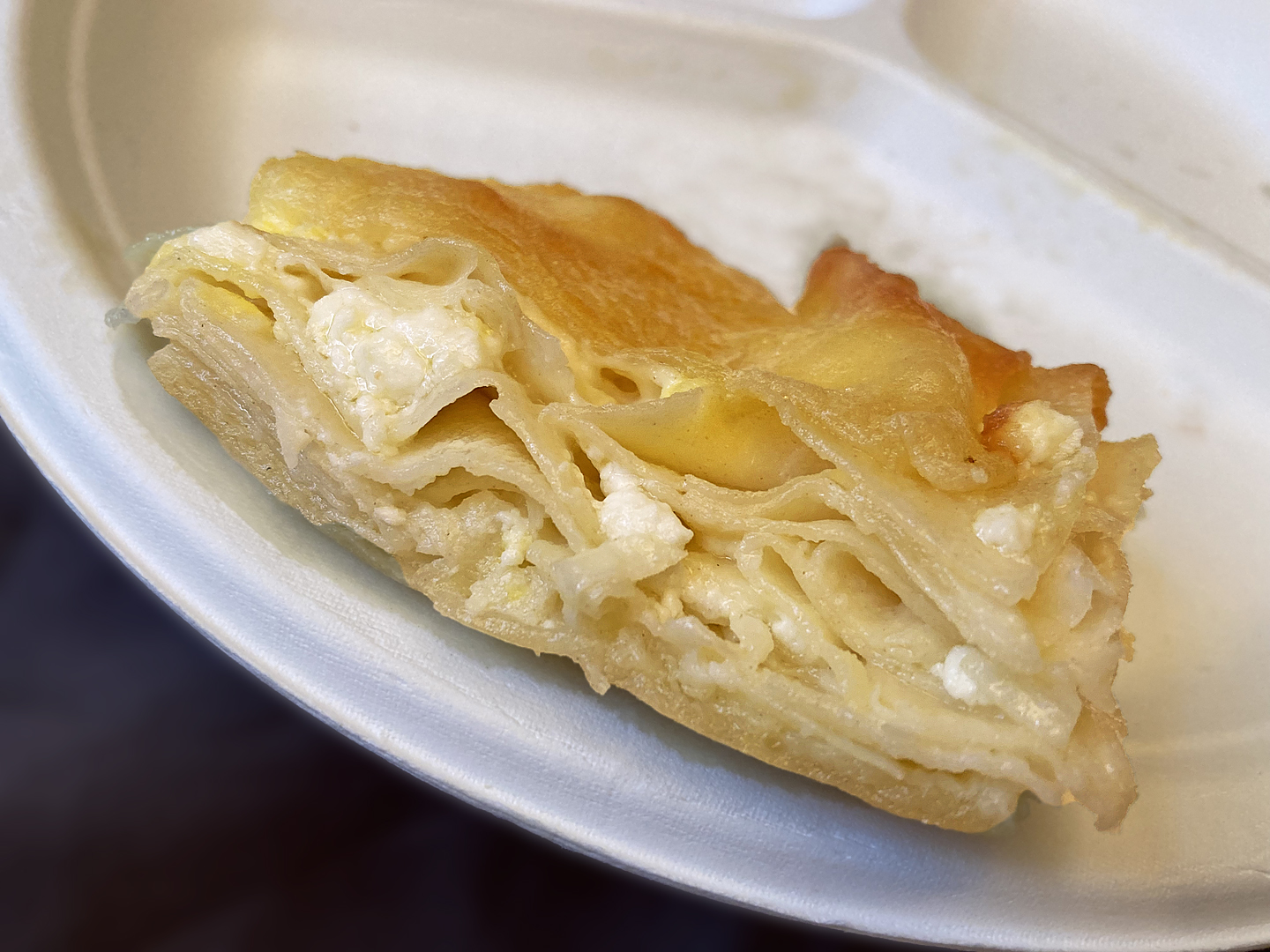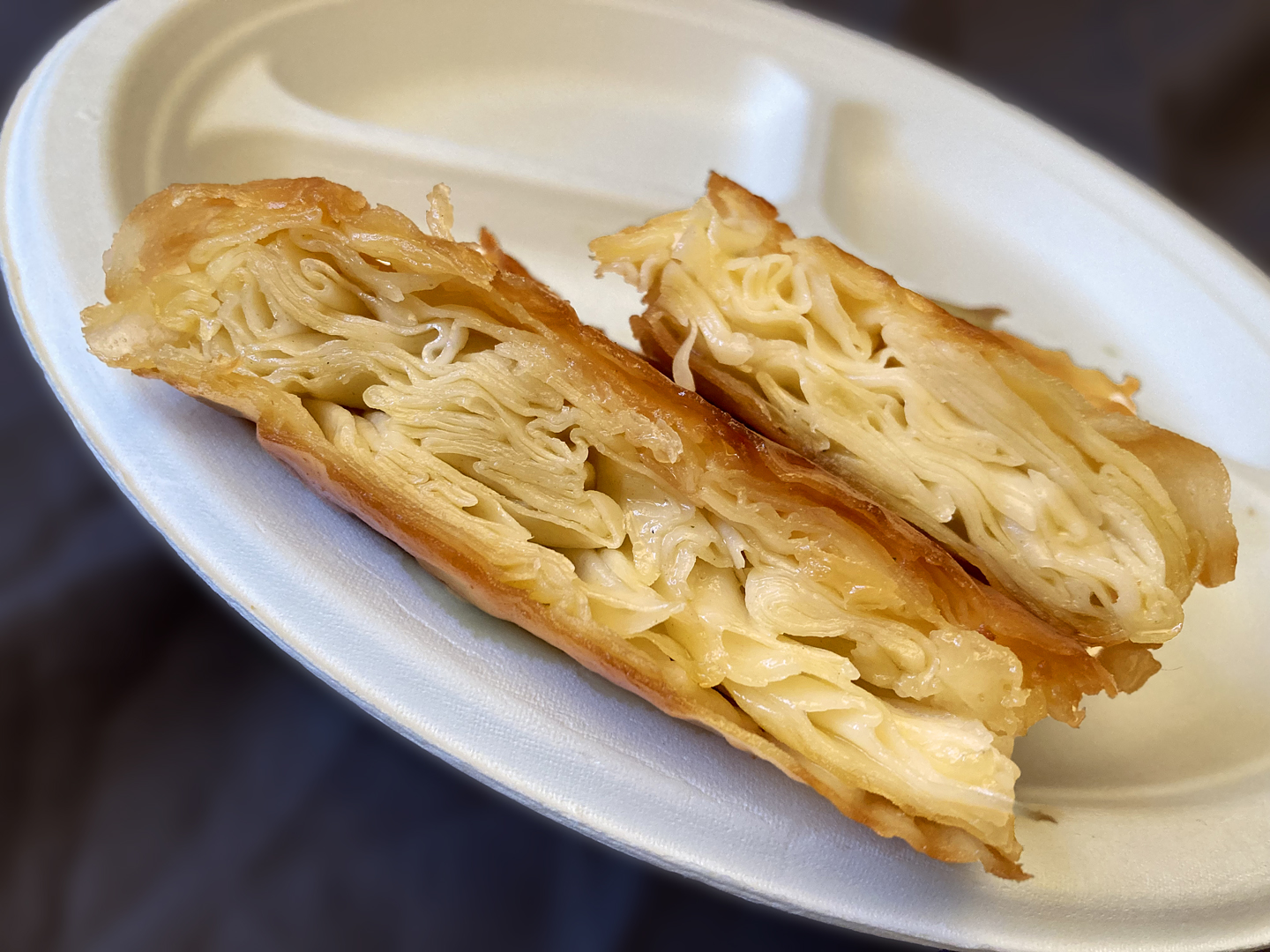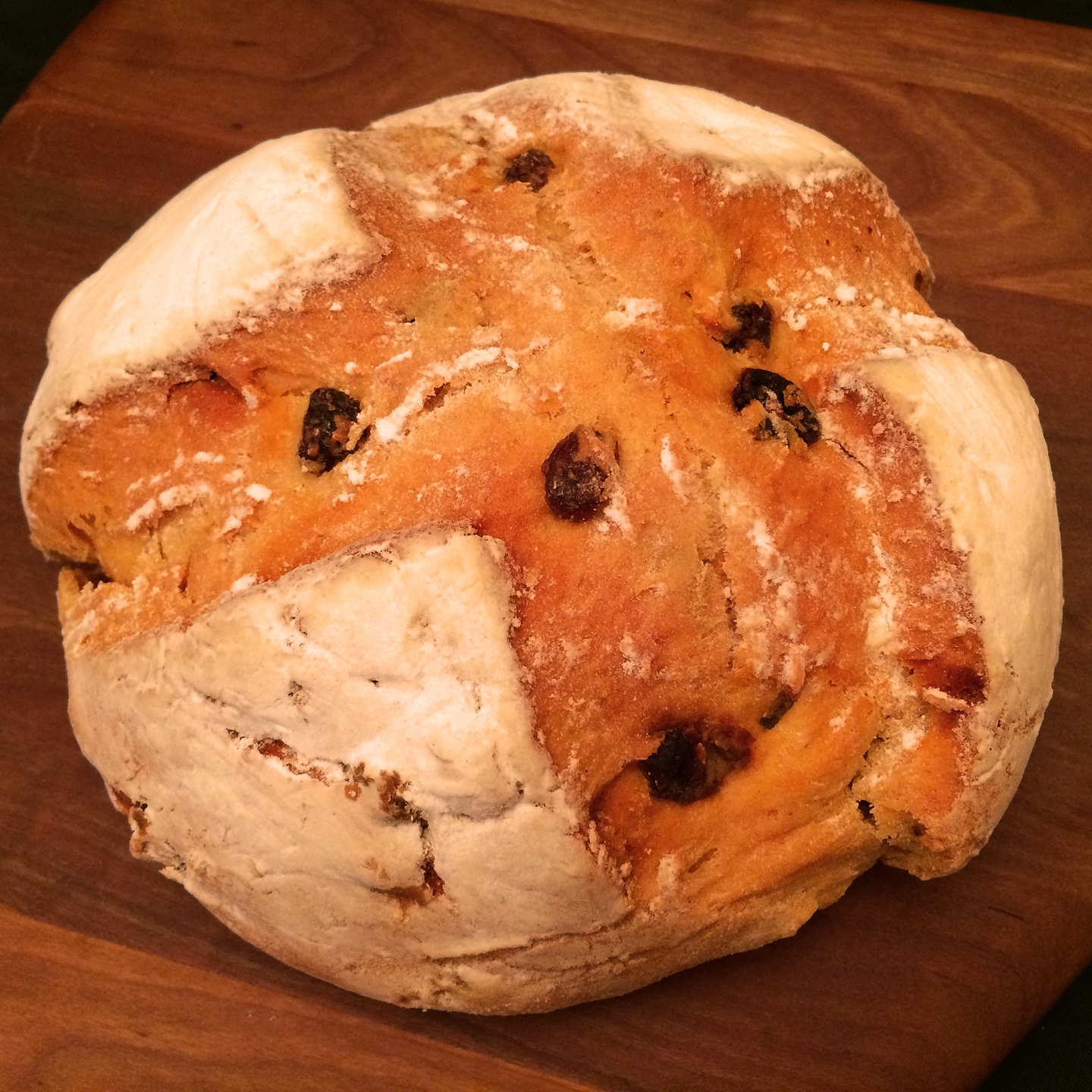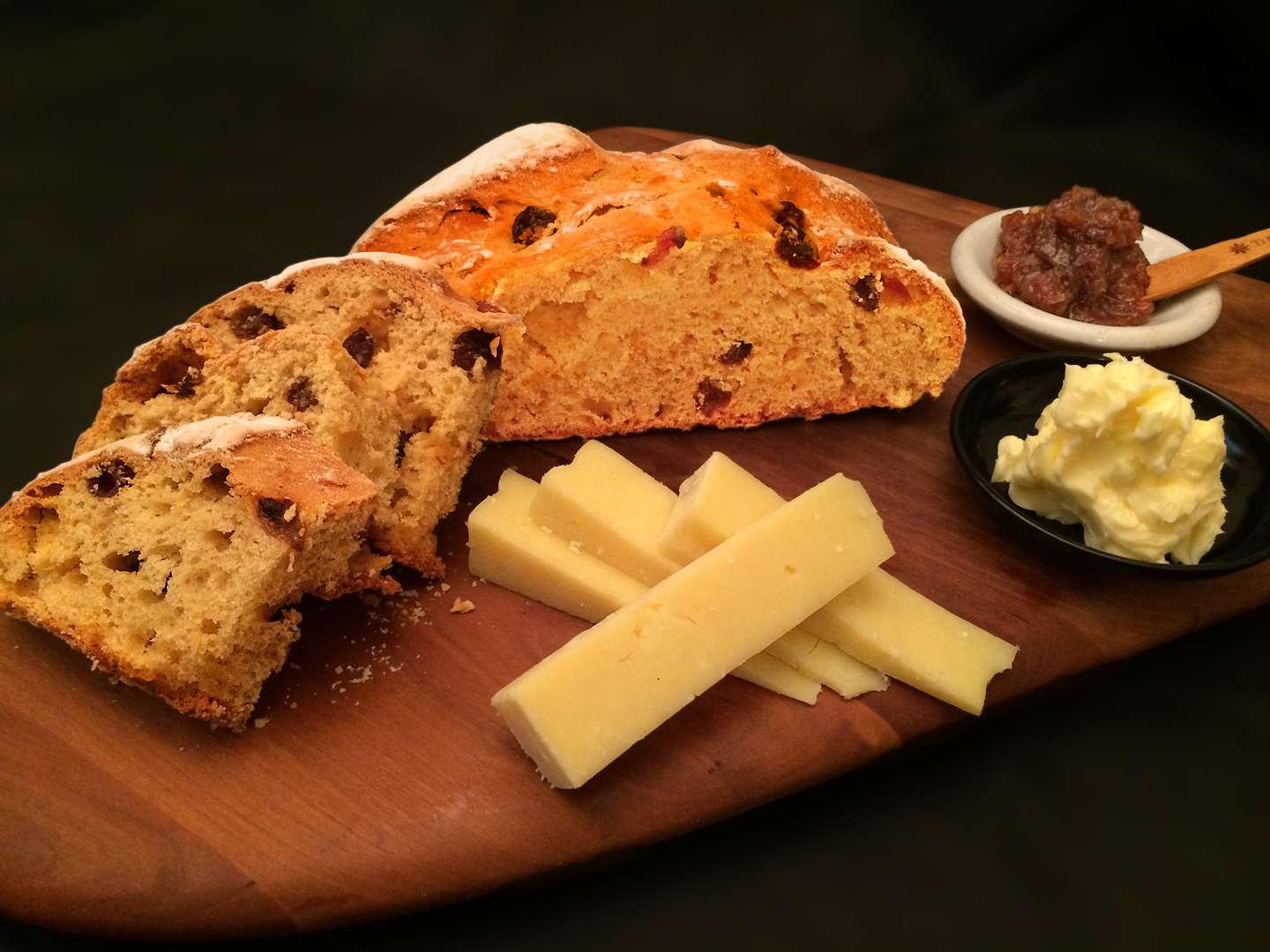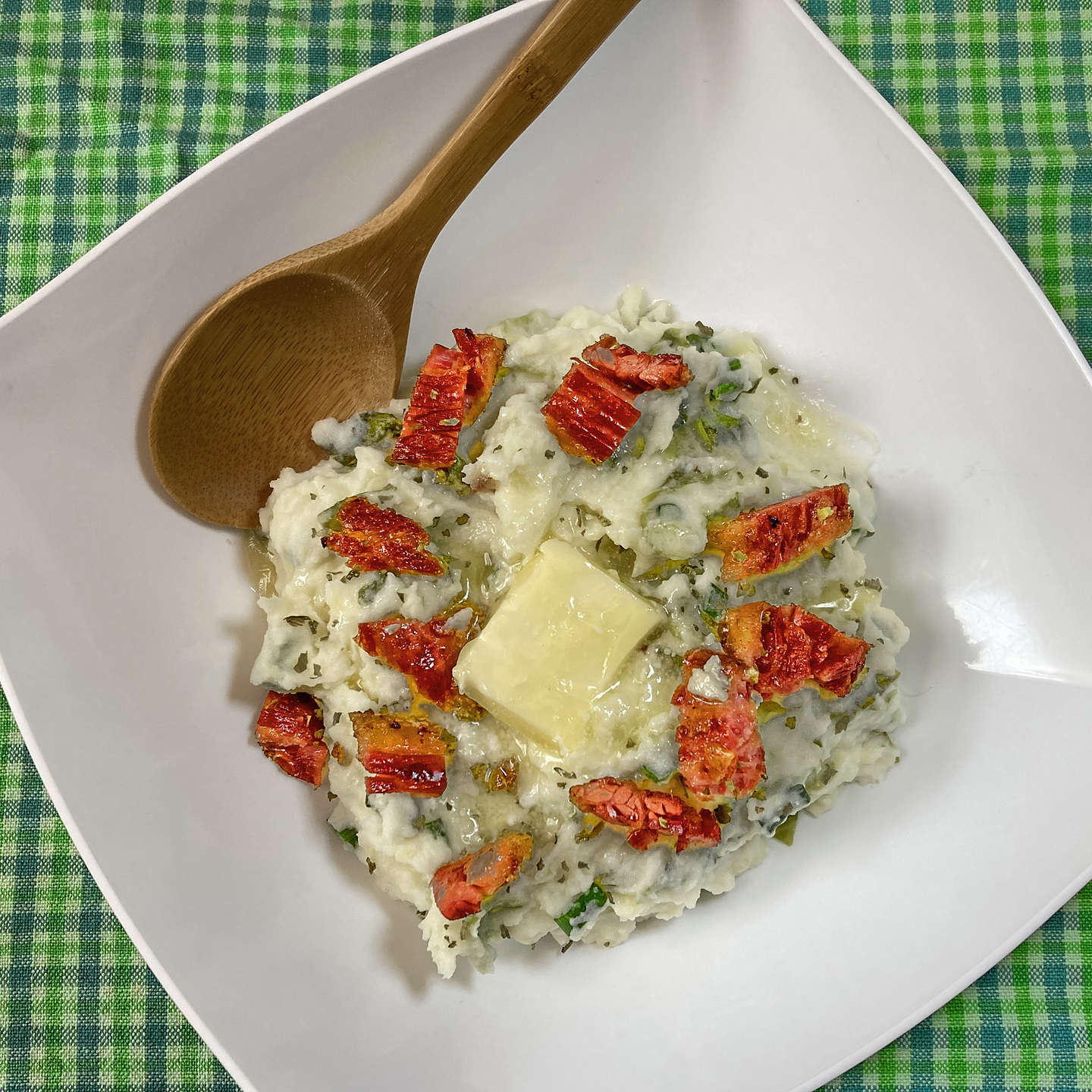(Click on any image to view it in high resolution.)

I know. It looks like the dollop of sour cream had begun to temper the borscht in advance of the photo being taken thus rendering it Barbie pink.
But this isn’t quite borscht. Yes, the borscht we usually encounter is deep red and beet-based – there’s white rye-based borscht and green sorrel-based borscht too – but this is Chłodnik Litewski. It does contain beets but one difference is the presence of cucumbers, radishes, and herbs like dill and parsley. Another distinguishing characteristic is that dairy in the form of buttermilk, yogurt, kefir, or sour cream is an essential ingredient, not an afterthought, hence its unvarnished ungarnished color.
So it’s a hot pink cold soup.
Polish Chłodnik (“cold soup”) Litewski (“Lithuanian”) is light and refreshing and perfect for a summer food tour in Greenpoint where I selected it as another example of a treat we’ll experience if I actually do an ethnojunket there. That’s up to you, of course. I’ll post a few more examples and when we’ve reached the last one, let me know if a Greenpoint ethnojunket sounds like a good idea to you!
Stay tuned….


